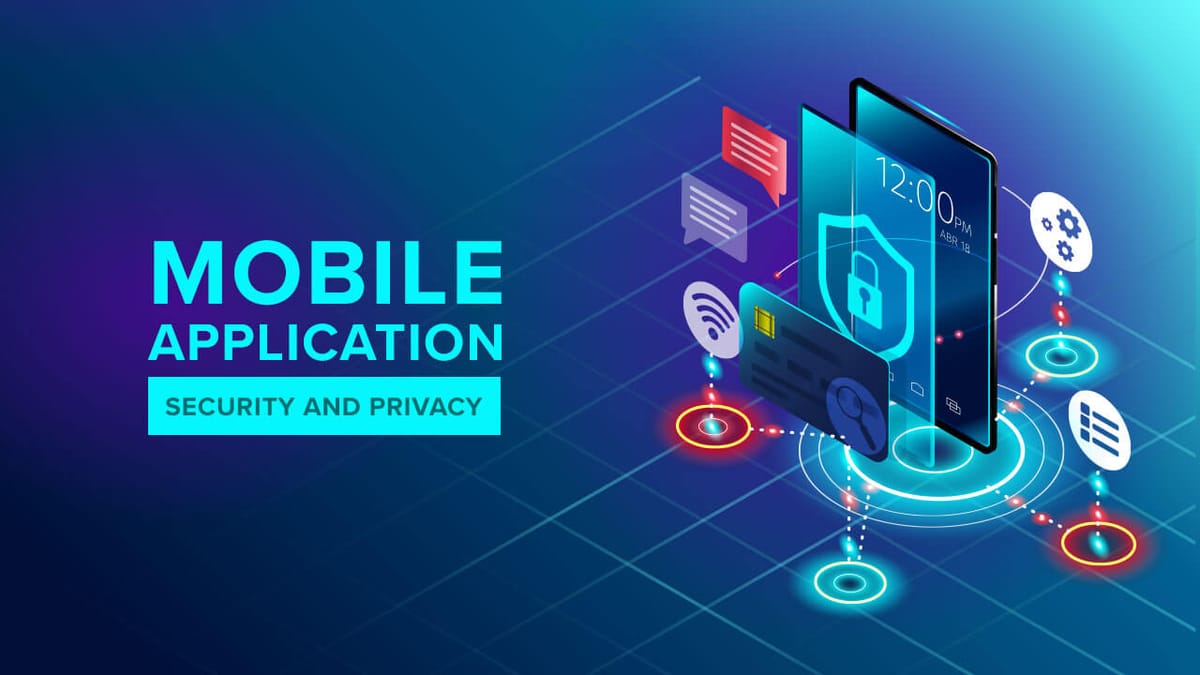Mobile Application Security: Best Practices to Secure iOS and Android Apps

Introduction
Mobile application security is a growing concern for organizations relying on mobile apps to deliver services and manage user data. As mobile usage increases globally, so does the attack surface. Threat actors exploit both client-side weaknesses and backend API flaws to compromise systems, steal data, or distribute malware.
This article presents an advanced look at the mobile threat landscape, the common vulnerabilities found in Android and iOS applications, and security best practices for developers and cybersecurity teams.
Common Threats to Mobile Applications
Mobile apps face a unique combination of risks, including:
- Insecure data storage on the device (e.g., SQLite, SharedPreferences)
- Unprotected APIs, exposing sensitive endpoints to abuse
- Weak authentication flows without MFA or biometric protection
- Reverse engineering and tampering of app binaries
- Code injection through dynamic instrumentation tools like Frida or Xposed
Many of these vulnerabilities are exploited during advanced mobile penetration tests, similar in methodology to techniques described in Advanced Penetration Testing Techniques.
Key Mobile Security Best Practices
1. Secure Authentication and Session Management
- Implement OAuth 2.0 with PKCE for mobile apps
- Require multi-factor authentication (MFA) on all logins
- Use short-lived session tokens and rotate refresh tokens regularly
For a deeper understanding of token-related attacks, review our post on Pass-the-Hash Attacks.
2. Protect APIs Against Abuse
Mobile apps often communicate with backend servers via REST APIs. To secure them:
- Enforce rate limiting and IP filtering
- Validate all client inputs and sanitize outputs
- Implement JWT signature verification and expiration checks
See our guide on API vulnerability testing with Burp Suite for actionable techniques.
3. Prevent Reverse Engineering
- Use code obfuscation tools for both Android (ProGuard, R8) and iOS
- Detect root/jailbreak environments and block app execution
- Implement runtime checks against debuggers, emulators, or tampering attempts
Apps exposed to reverse engineering often lead to credential harvesting, session replay, or fake app creation, facilitating phishing-style campaigns such as those discussed in our Phishing Simulation article.
4. Encrypt Local Data and Communication
- Encrypt sensitive local data with platform-approved cryptographic APIs
- Enforce SSL/TLS with certificate pinning to avoid MITM attacks
- Avoid storing passwords, tokens, or PII in logs or local storage
If the app stores decrypted data insecurely, it may lead to data leaks or credential dumps, as covered in Data Breach Analysis.
5. Monitor and Detect Threats Post-Deployment
- Use Mobile RASP (Runtime Application Self-Protection) solutions
- Monitor app telemetry for anomalies and crash reports
- Integrate logs into your SOC for threat detection and correlation
(Build your own SOC)
A well-configured monitoring stack helps detect rogue apps or credential stuffing attempts in real time.
Conclusion
Mobile app security cannot be treated as an afterthought. From the design phase to post-deployment monitoring, organizations must enforce secure coding practices, robust authentication, and API hardening to protect their mobile ecosystem.
As mobile threats continue to evolve, embracing DevSecOps principles and integrating security into every step of the app lifecycle becomes essential for reducing risk.




